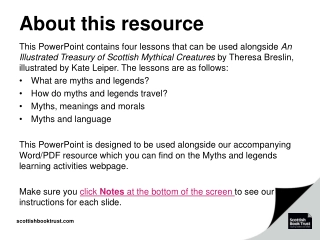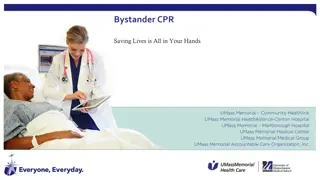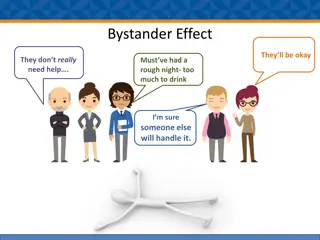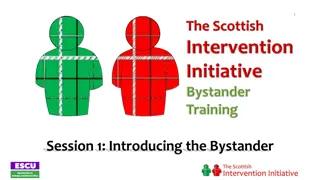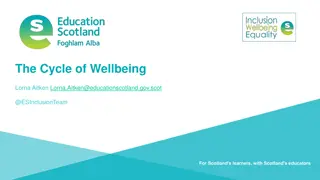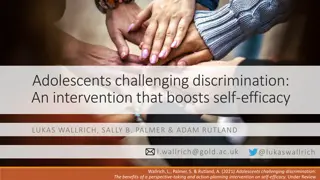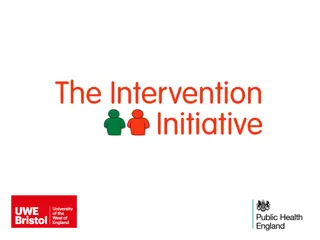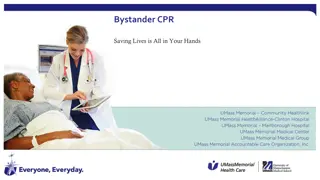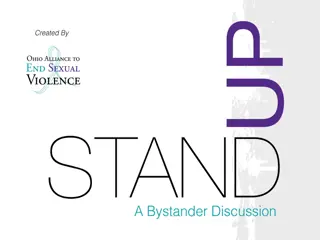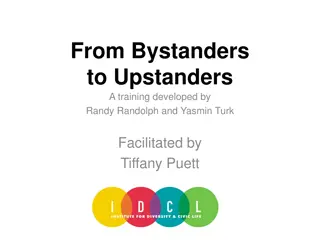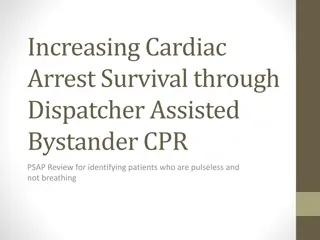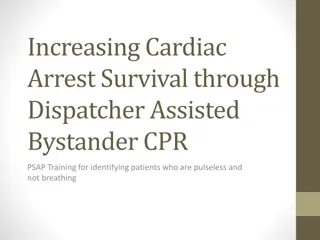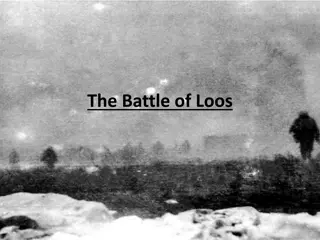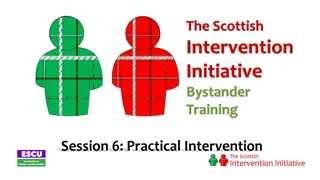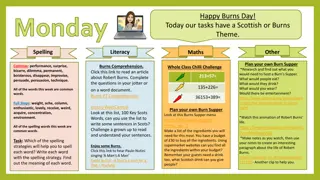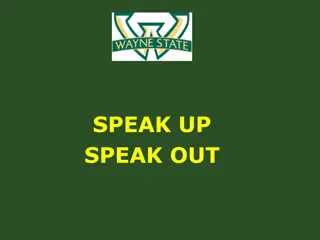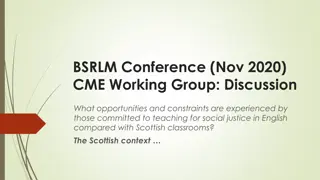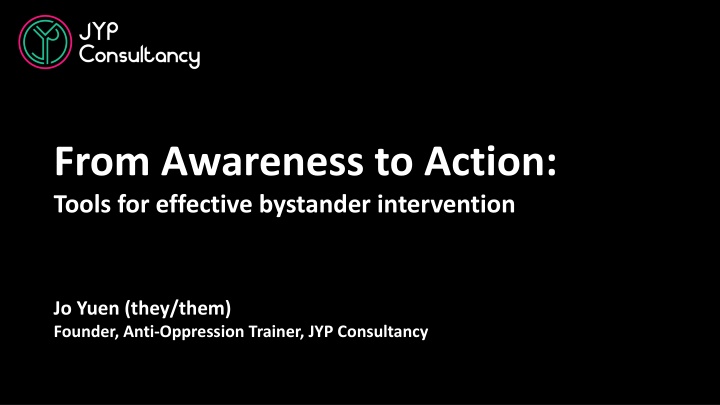
Effective Bystander Intervention: Tools and Strategies
Explore microaggressions and their impacts, understand power dynamics, and learn effective bystander intervention techniques in this session led by Jo Yuen. Gain confidence in responding to challenging situations through scenario evaluation and interventions.
Download Presentation

Please find below an Image/Link to download the presentation.
The content on the website is provided AS IS for your information and personal use only. It may not be sold, licensed, or shared on other websites without obtaining consent from the author. If you encounter any issues during the download, it is possible that the publisher has removed the file from their server.
You are allowed to download the files provided on this website for personal or commercial use, subject to the condition that they are used lawfully. All files are the property of their respective owners.
The content on the website is provided AS IS for your information and personal use only. It may not be sold, licensed, or shared on other websites without obtaining consent from the author.
E N D
Presentation Transcript
From Awareness to Action: Tools for effective bystander intervention Jo Yuen (they/them) Founder, Anti-Oppression Trainer, JYP Consultancy
Todays session Today s session Understand microaggressions, their impacts, and the role of power dynamics. Learn options for bystander intervention and how they work. Build confidence in responding by evaluating scenarios and interventions.
Working Agreement Working Agreement Listen to each other with respect. Listen to understand others. Commit to learning, not debating. Be mindful of power dynamics. Respect confidentiality. Speak from your experiences; speak from I . No expectation to share your experiences. Taking risks participating, making mistakes is part of learning. Supportive and challenging. Free to leave/return without explanation.
Introductions Introductions Name Pronouns (optional) 1 word to describe how you are feeling
JYP Consultancy logo What are microaggressions? What are microaggressions? A statement, action, or incident regarded as an instance of indirect, subtle, or unintentional discrimination against members of a marginalised group such as a racial or ethnic minority. Verbal, behavioural, or environmental slights. Often automatic and unintentional. Typically occur due to underlying biases and prejudices outside of awareness. Occur in brief instances on a daily basis. Communicate hostile, derogatory, or negative viewpoints. Can exclude, negate, or nullify an individuals thoughts or feelings.
How microaggressions are like mosquito bites Video link
Activity: exploring impact of microaggressions Activity: exploring impact of microaggressions Groups of 3-4 (20 mins) Discuss the example microaggressions on the cards. Put yourself in the marginalised person s shoes if you were to hear/see/experience this everyday, what is the message that you receive? Discuss the impact of the underlying messages of each microaggression. Focus on understanding from the marginalised person s point of view, not the intention of the micro-aggressor.
When it happens to you When it happens to you Did I interpret that correctly? Did she say what I think she said? What did he mean by that? Should I say something? Saying something may make it worse. They ll probably think I m overreacting. Speaking up is going to hurt more than it helps.
JYP Consultancy logo The 5 Ds of Bystander Intervention The 5 Ds of Bystander Intervention Quick, practical strategies to step in when you see harm happening. Distract Delegate Document Delay Direct Different situations call for different strategies. No one-size-fits-all. Your safety and the impacted person s safety come first.
JYP Consultancy logo Distract Distract Interrupt the situation without directly confronting the person causing harm. Good for: De-escalating tension and protecting safety. Distract Examples: Drop something nearby. Ask for directions. Start an unrelated conversation.
Delegate Delegate Get help from someone else staff, security, a leader, another bystander. Good for: When you don t feel safe stepping in directly. Delegate Examples: Find someone with authority. Ask another bystander to assist.
Document Document Record what s happening (with permission) to support the person being harmed later. Good for: Creating a record, if safe and respectful. Document Examples: Take notes. Record video (only if safe). Share documentation with the harmed person not on social media without consent.
Delay Delay Check in after the incident if it s not safe to intervene during. Good for: Showing care and supporting healing even after harm. Delay Examples: Are you okay? I saw what happened that wasn t right. Can I help you report it or find support?
Direct Direct Speak up in the moment to address the harm. Good for: When you feel safe and able to be clear and firm. Direct Examples: That s not appropriate. Please stop that s not okay. Let s move on from that comment.
Starter scripts for Direct interventions Starter scripts for Direct interventions Hey, I know that was meant kindly, but comments like that can sometimes feel a little off. (Then redirect: Let s focus on [their contribution/event details] instead. ) Just so you know, I really appreciate your ideas/your being here. (Centres the person instead of the harm.) Direct Sometimes comments like that can unintentionally make people feel othered. Let s keep it welcoming for everyone. (Naming the impact without blaming.) Let s keep it focussed on [skills/ideas/why we re here]! (Gentle nudge without big confrontation.)
Choosing the right strategy Choosing the right strategy How do you choose? Context: Is it escalating? Public or private? Are you safe? Power dynamics: Who has more power (e.g. authority, social status)? Will a direct approach make it worse? Safety: Protect yourself and the person harmed. Impact: Focus on supporting the person harmed, not punishing the person causing harm.
No Perfect Intervention No Perfect Intervention Distract Delegate Document Delay Direct Any supportive action is better than silence. You don t have to fix everything even small actions can show care, shift group dynamics, and reduce harm.
Quick discussion Quick discussion Why do you think people hesitate to intervene? Which D feels most natural to you and why? Is there a D that feels more difficult/uncomfortable for you? Why do you think that is?
Activity: Scenario analysis & response planning Activity: Scenario analysis & response planning Groups of 3-4 (15 mins) Read your assigned scenario, discuss and plan: Identify the harm: What s happening? Who is impacted? Discuss interventions: Choose 2-3 possible responses (using the 5 Ds) Analyse options: What are the pros and cons of each response? Think about risks, power dynamics and potential impact. Nominate someone to share their screen in the breakout room and type up notes. Write up your notes on the shared Google doc be ready to share with the wider group!
Key takeaways Key takeaways Microaggressions cause harm even when unintentional. You have tools: 5 Ds = 5 ways to step up. Courage + care > perfection. Small interventions = real change. What s one thing you re taking away from today s session?
Links Links Allyship resources Feedback form
Questions? Contact us at info@jypconsultancy.co.uk

